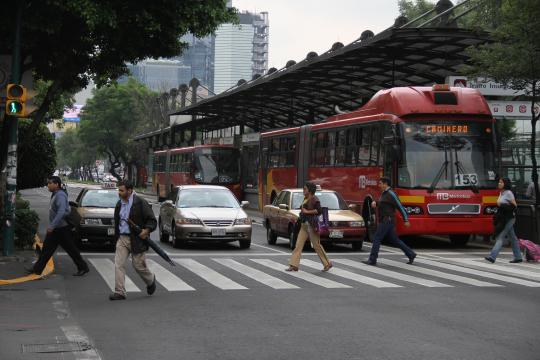
When people go out in Mexico City, they never know when or how they will reach their destination.
When no information, maps or tools exist to plan transit routes, people do not have the option to decide whether to pay more when they are in a hurry or to walk less when it rains.
Without that information, it is practically impossible for an individual to determine the best combination of Mexico City´s 12 subway lines, 94 bus lines, four metrobus lines, eight trolley lines, 260 Ecobici stations (public bikes) and nearly 1,400 minibus routes to transport him or her to the desired destination.
After all, the trip is just one of the 32 million - nearly 20 million of them on public transport - made in the city every day. To improve these trips, adequate information is needed.
However, in many cities, the databases that enable users to make transport decisions are simply unavailable or consulting firms charge for their use, or they are incomplete or outdated.
From Portland to Mexico City
To address this problem, a standard was created in Portland, Oregon in 2005. The system, which is easy to maintain and replicate, enables the collection, storage, publication and updating of open data on transit routes, times, stops and other information for all public transport systems.
Data from that standard can be incorporated into Google Transit, the public transport route planner, and can be used to develop similar computer applications. Today, more than 260 transport agencies use the standard worldwide.
The Mexico City government – with support from the World Bank – now forms part of that group. The data collected and the systems created to update them represent an innovation in the country´s public transport networks.
With this new collaborative platform, the government will be able to engage in long-term planning and Mexican software engineers will have a key ingredient for innovation: open, reliable data.
And we users will have a better trip.


Join the Conversation